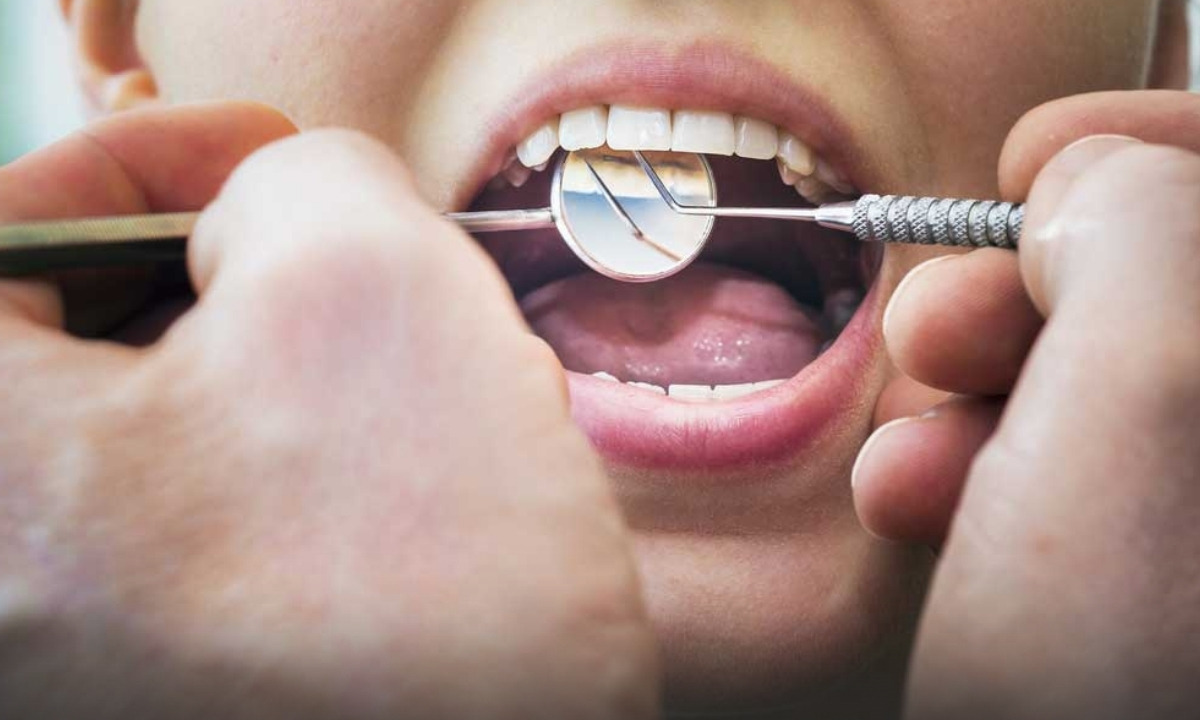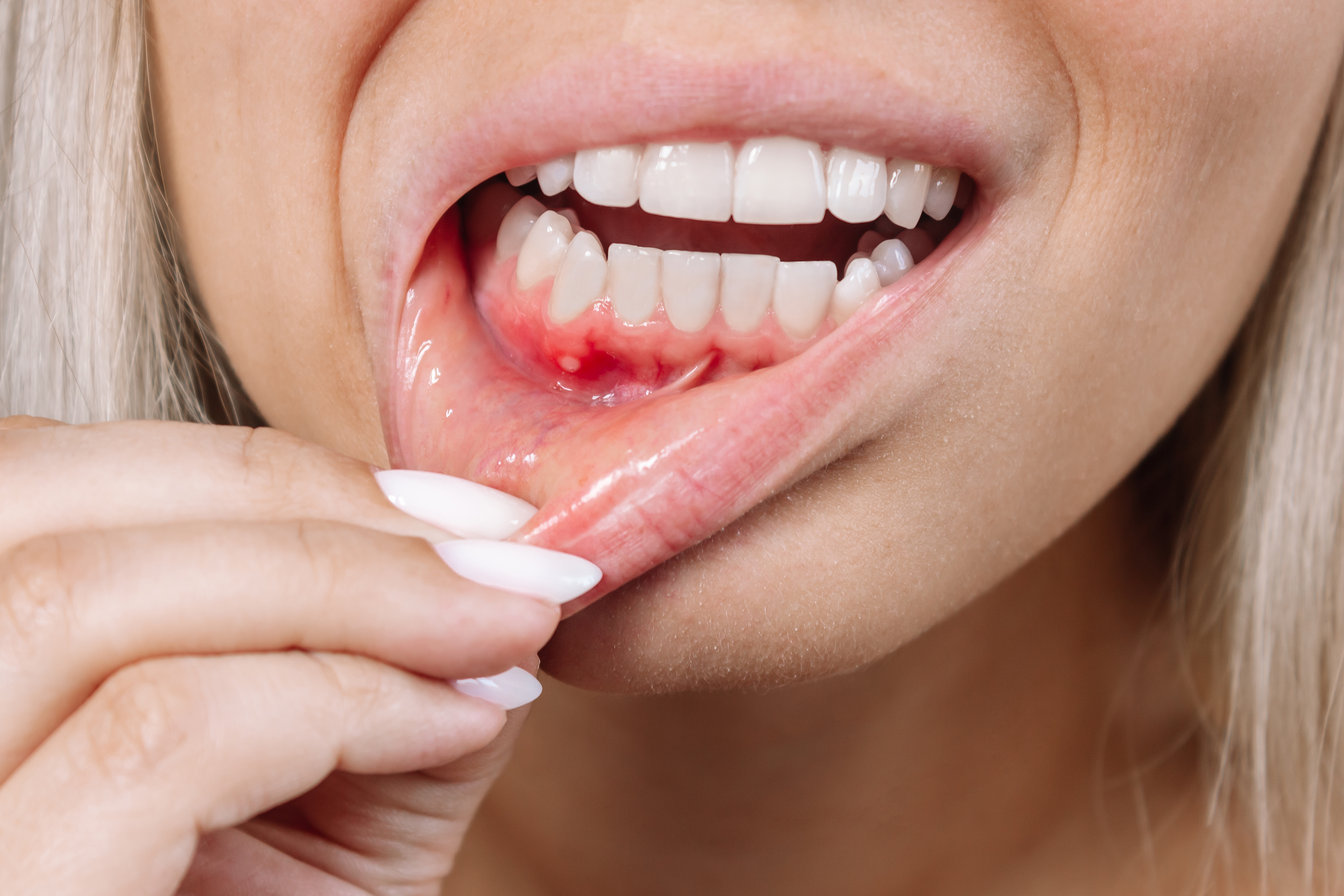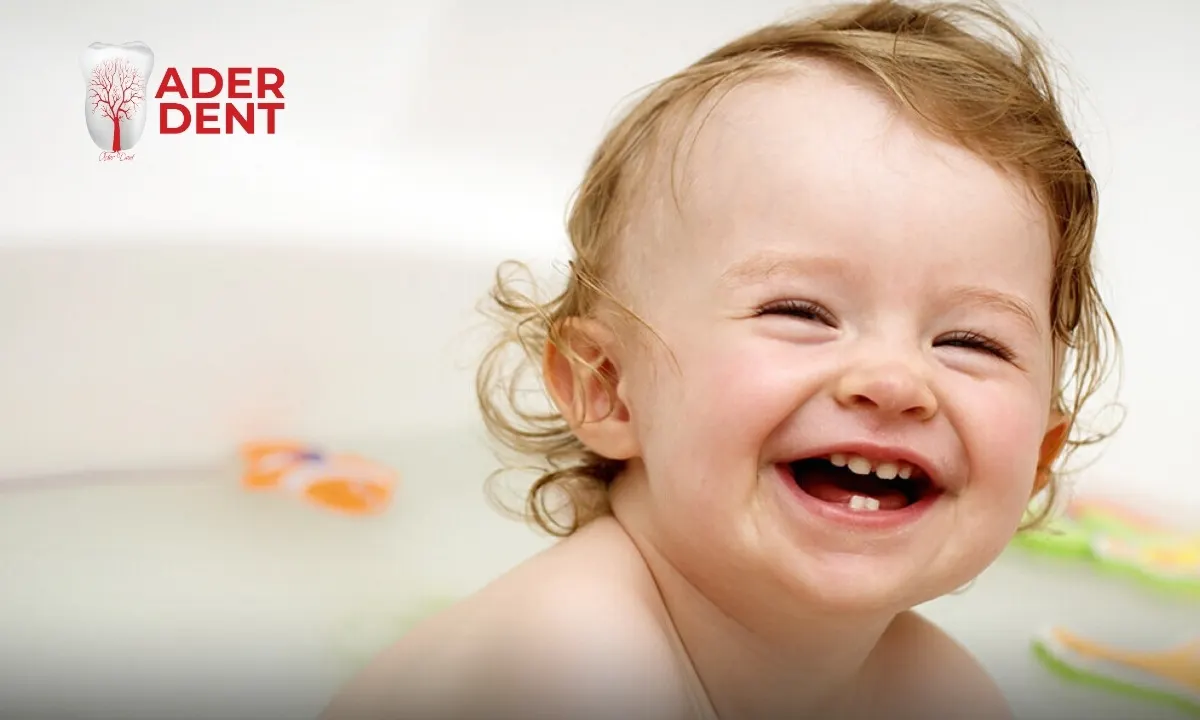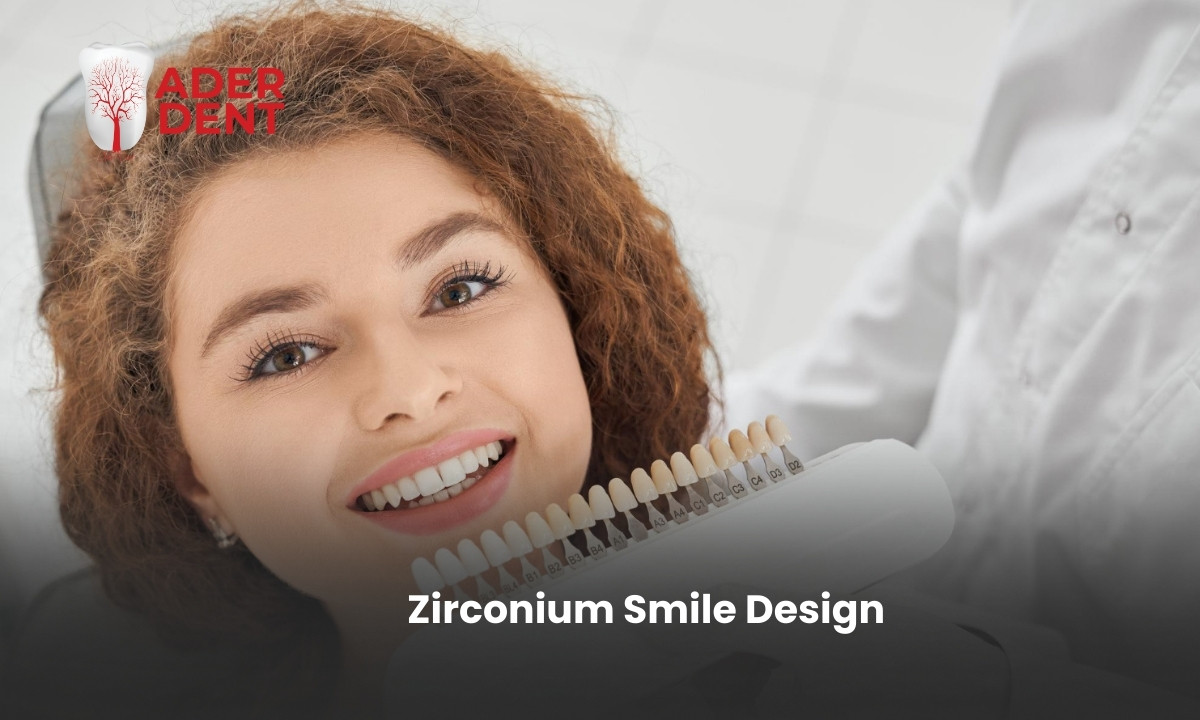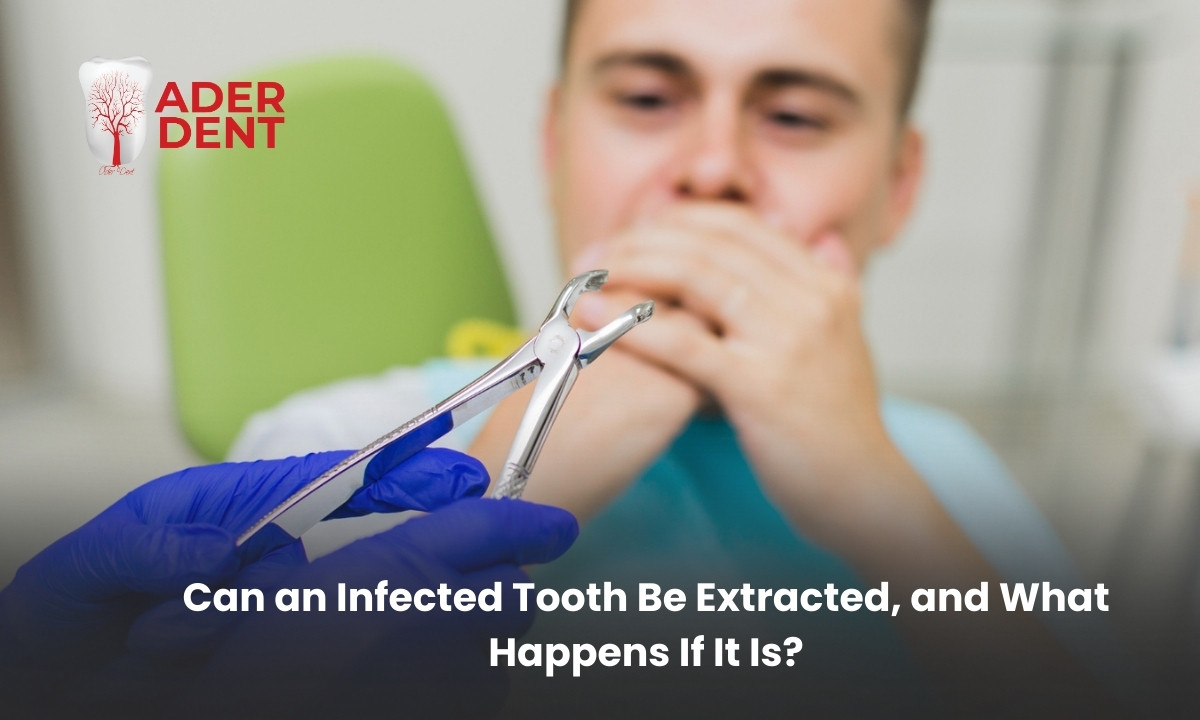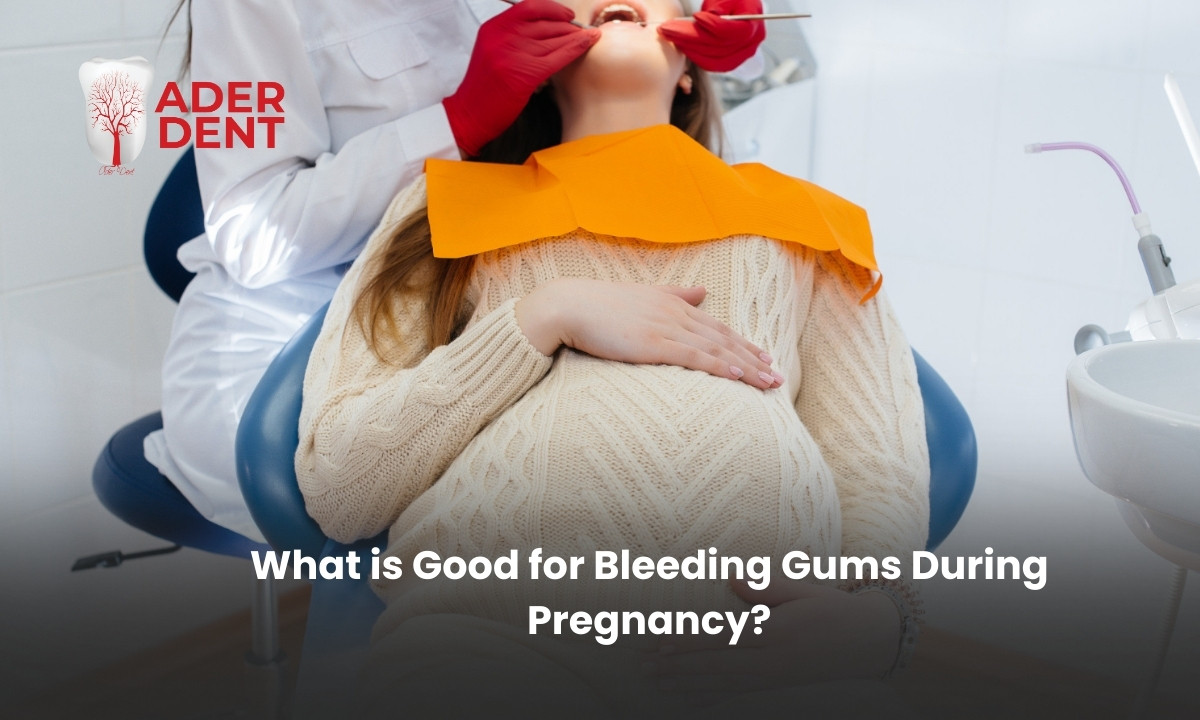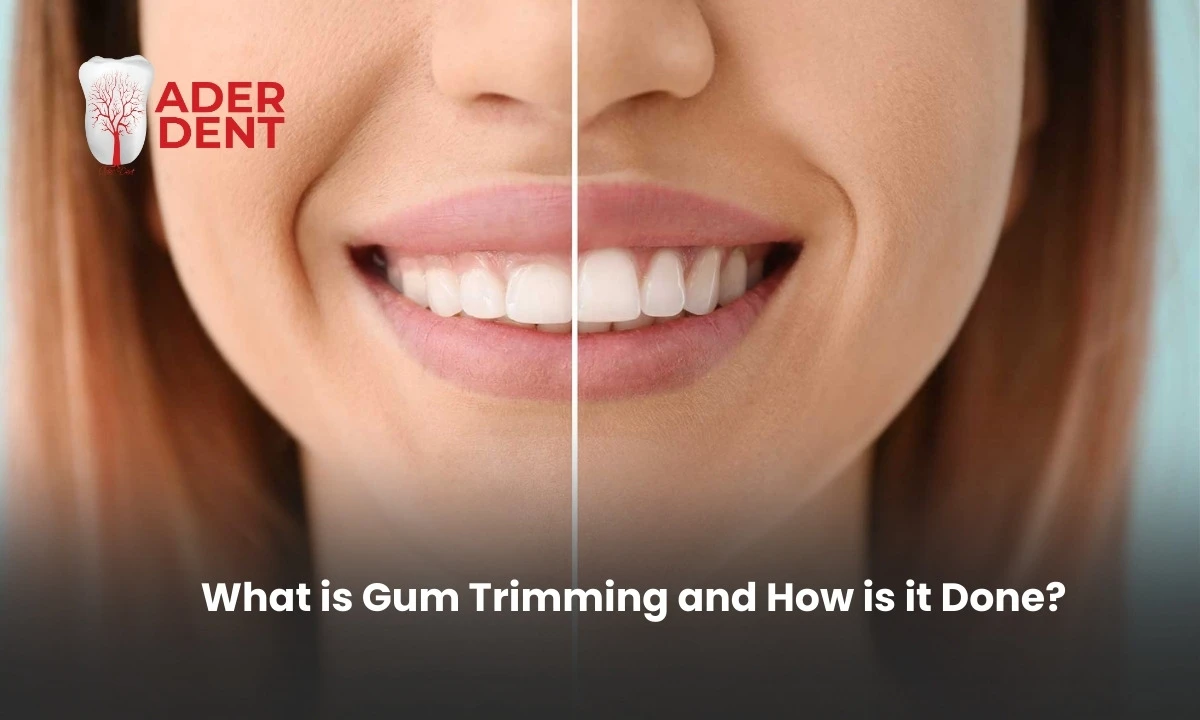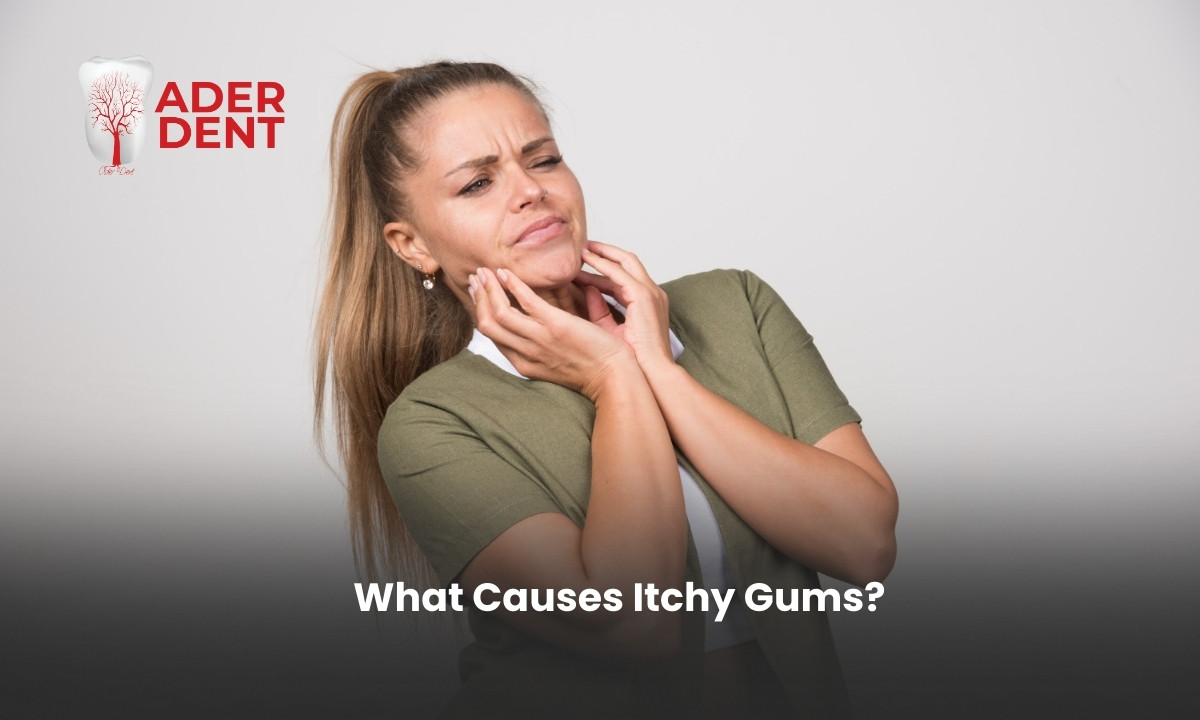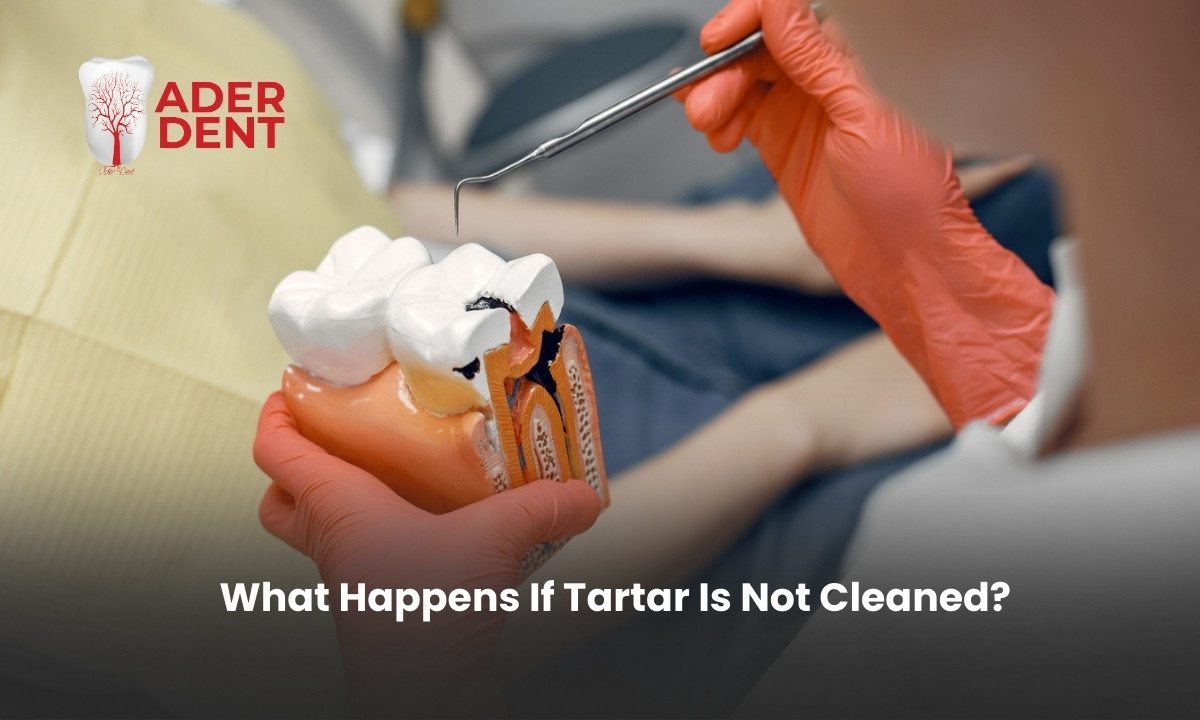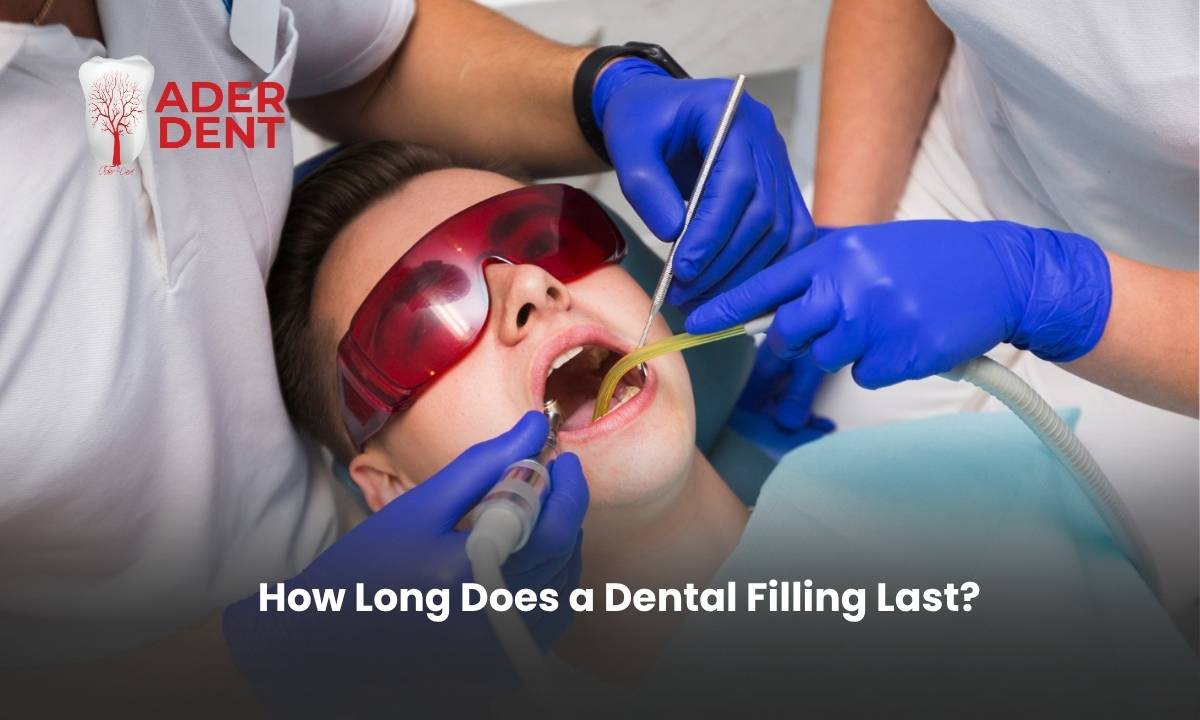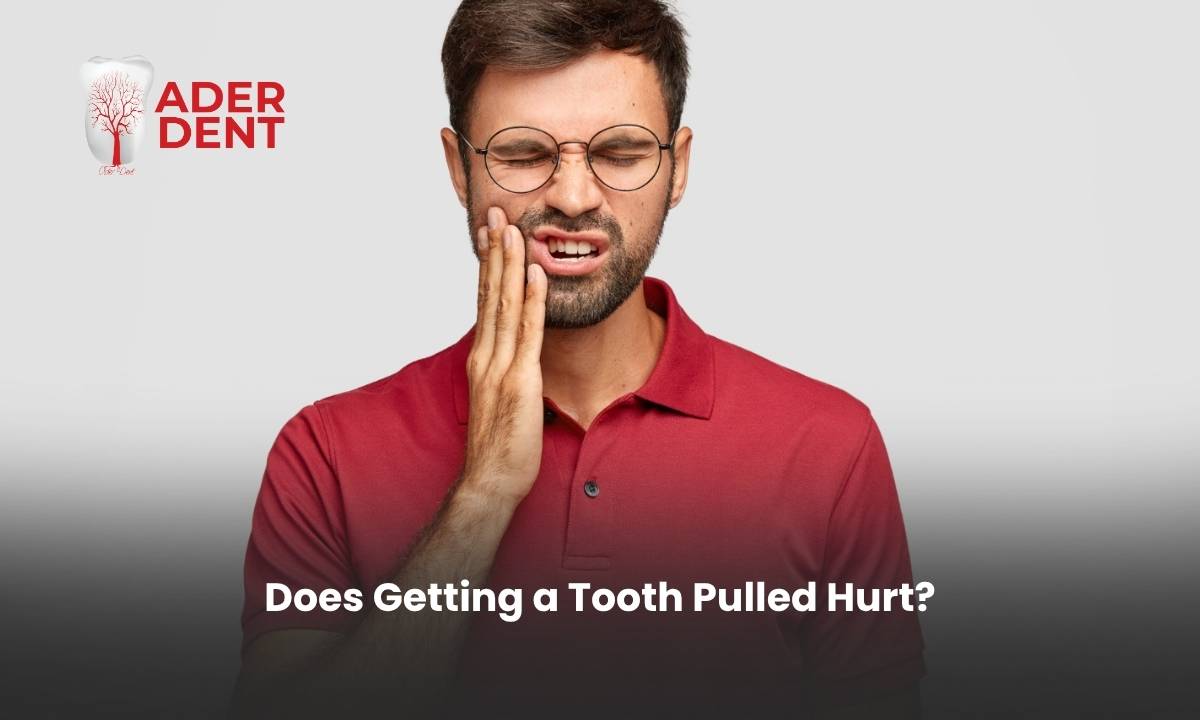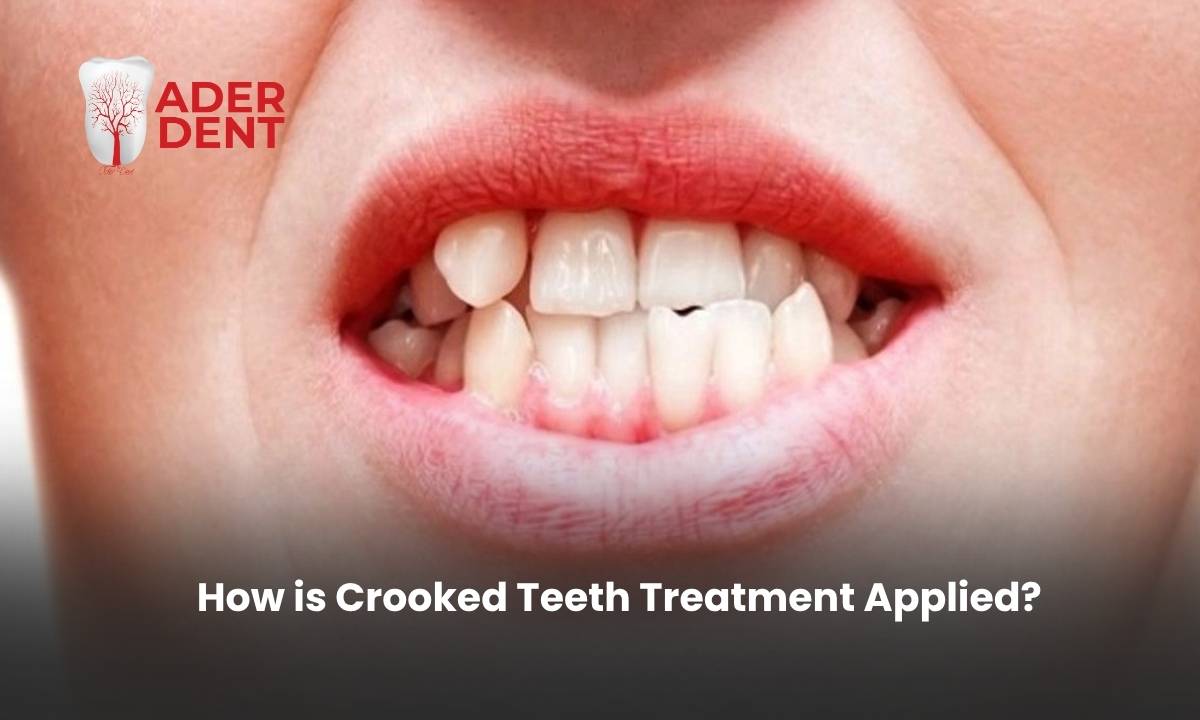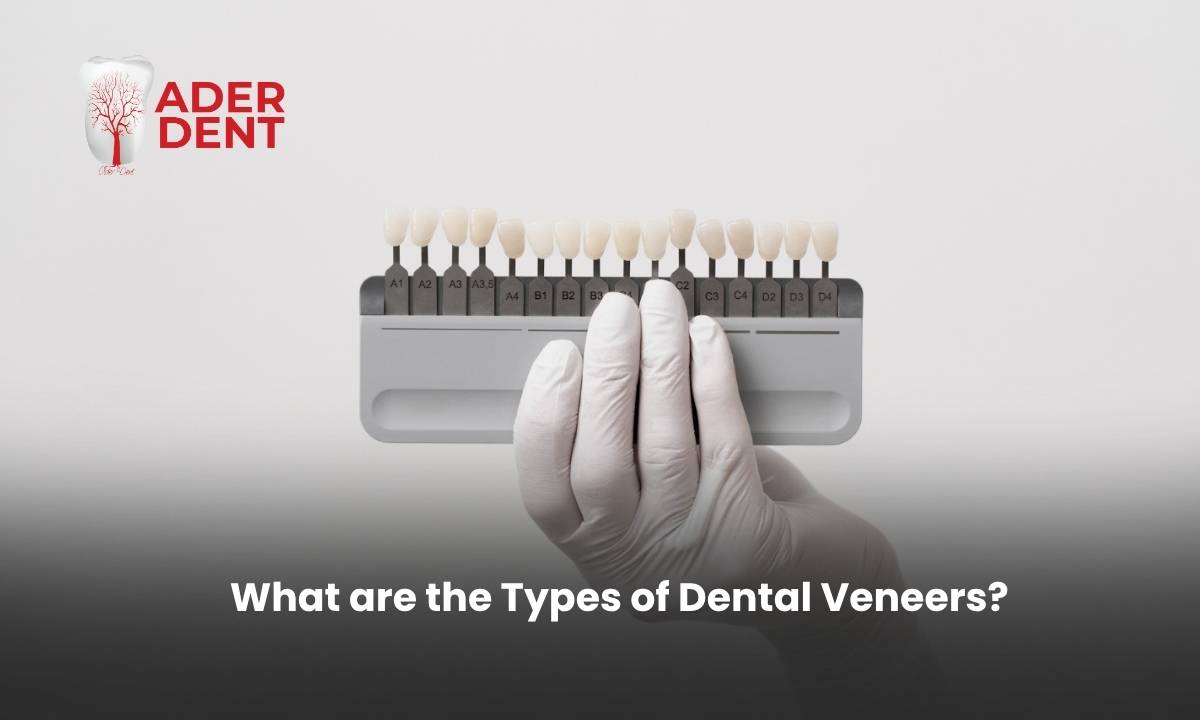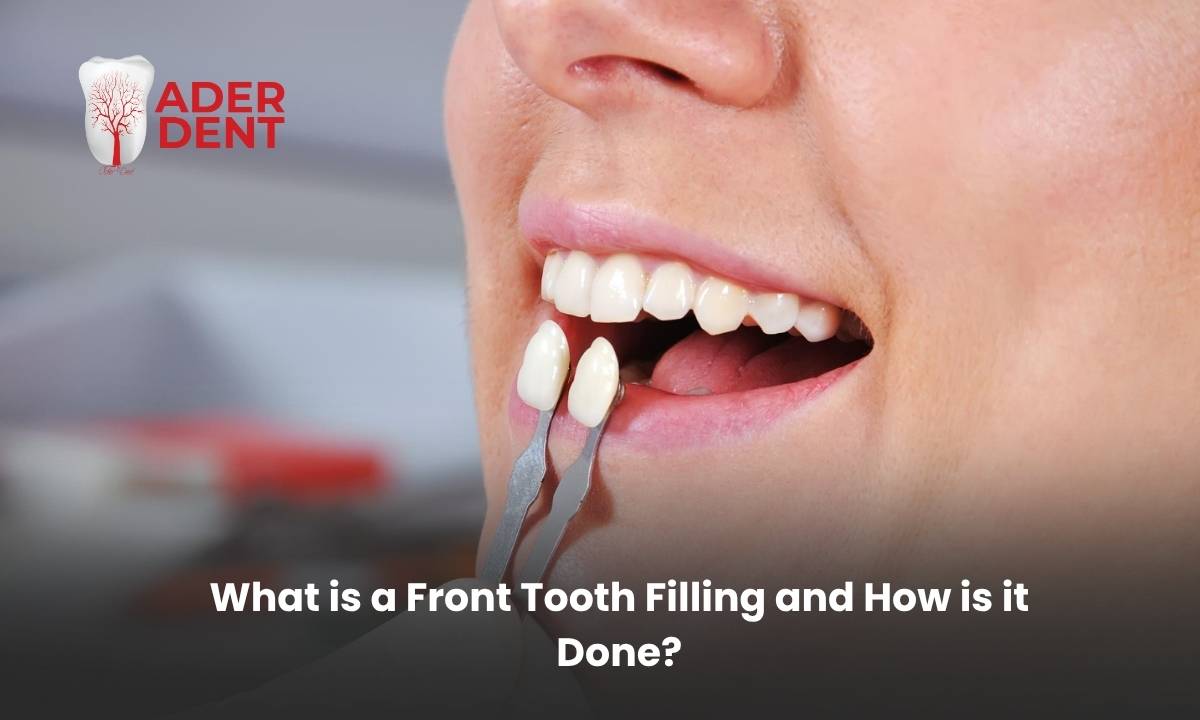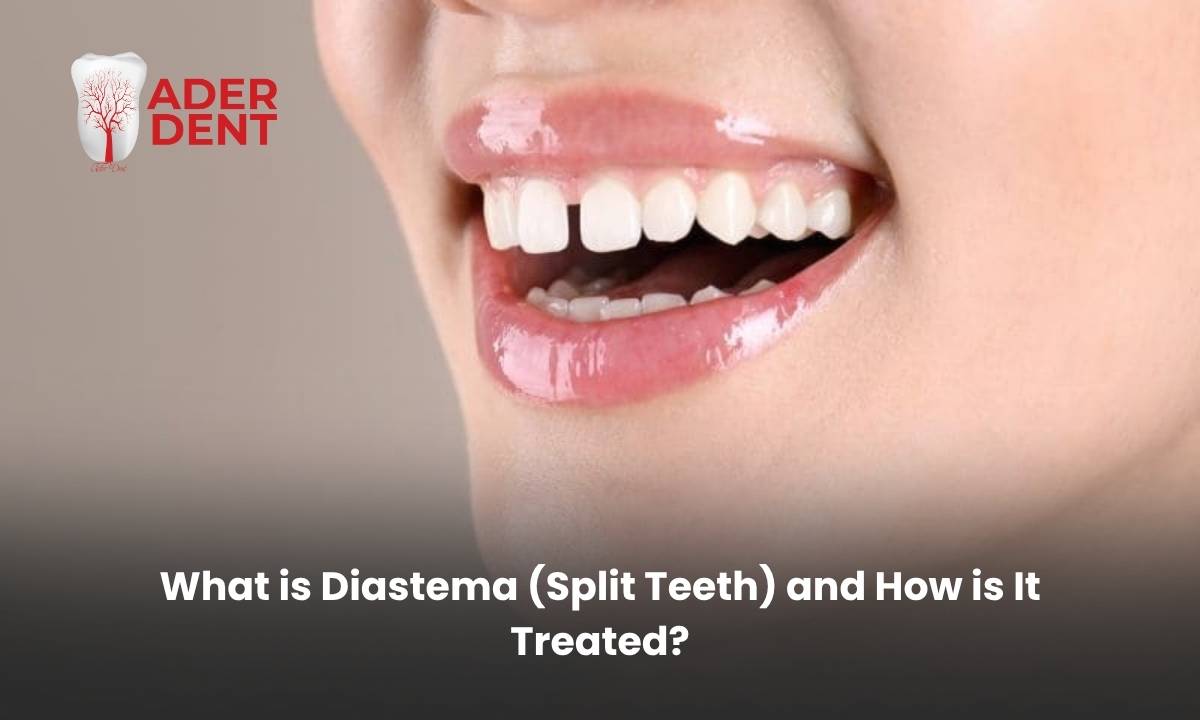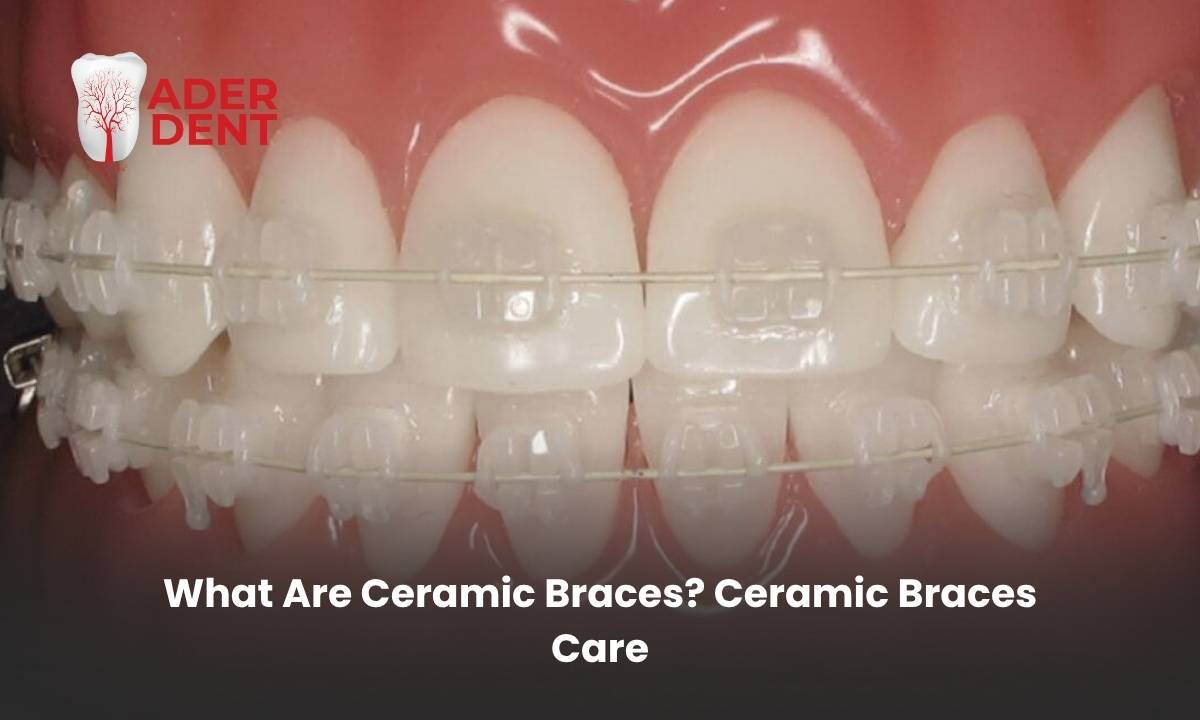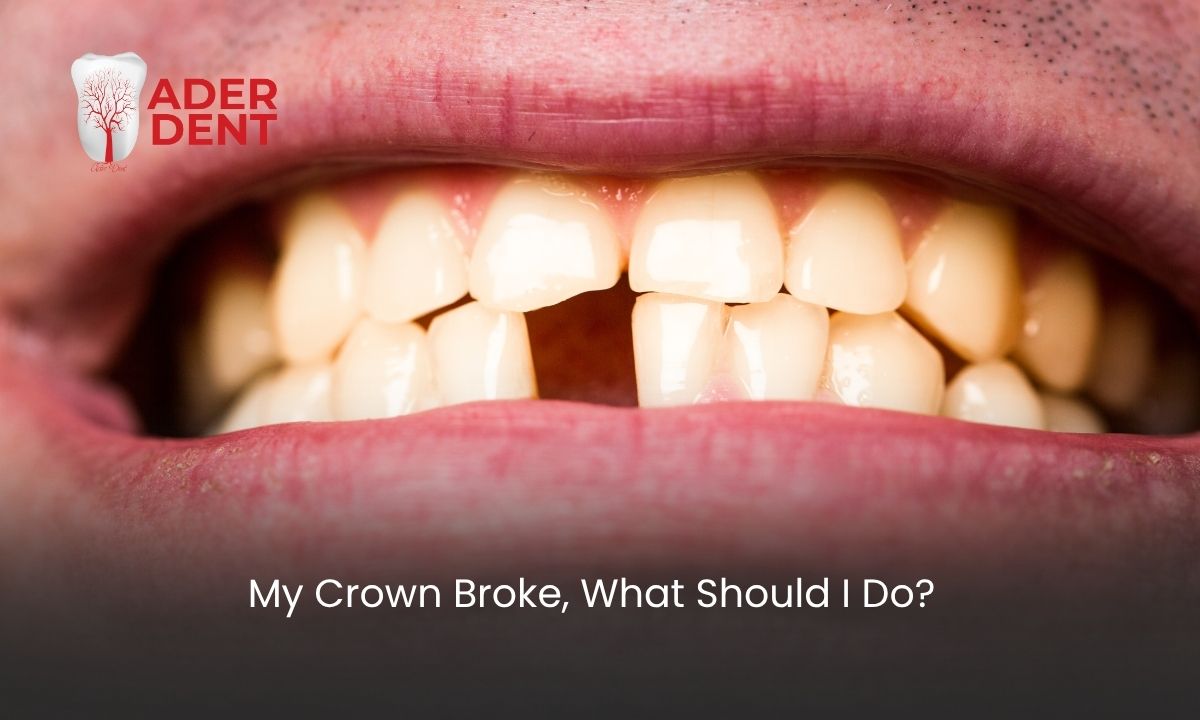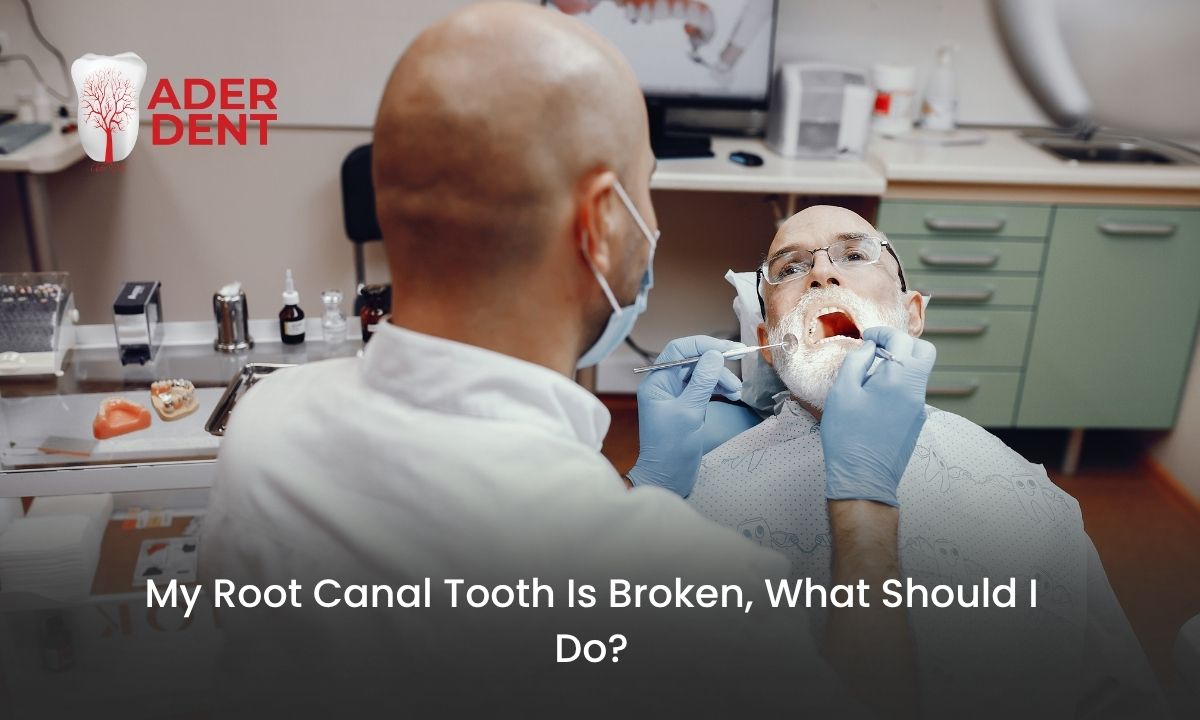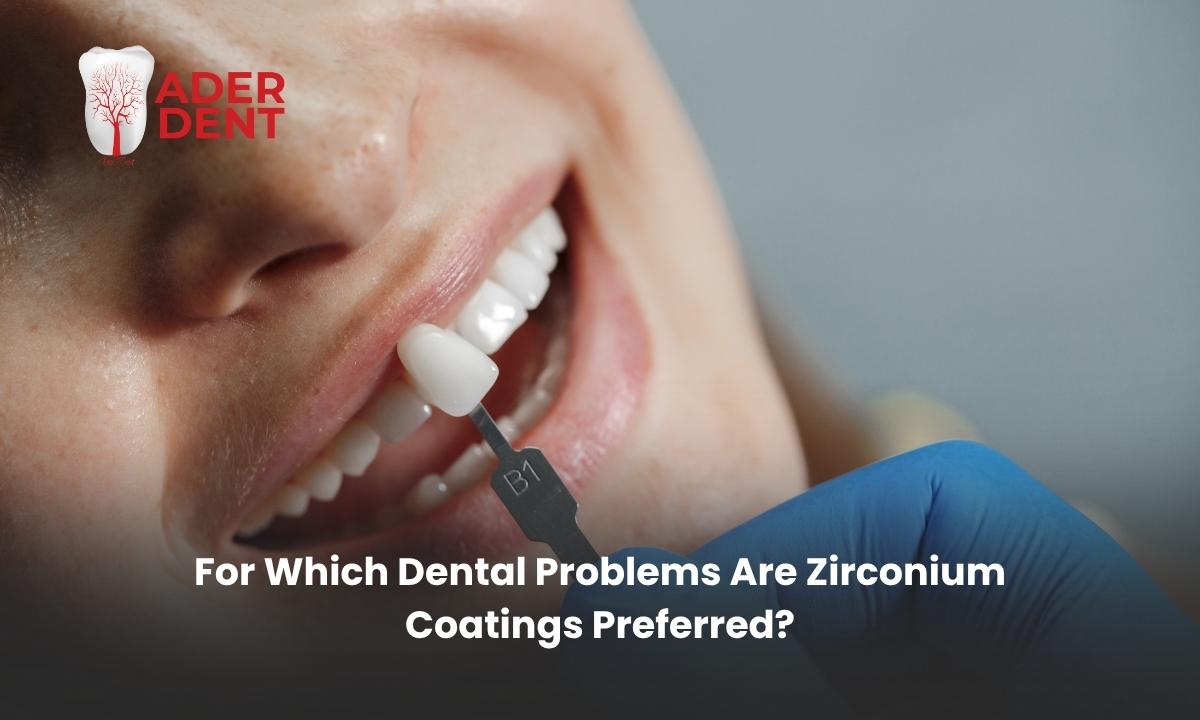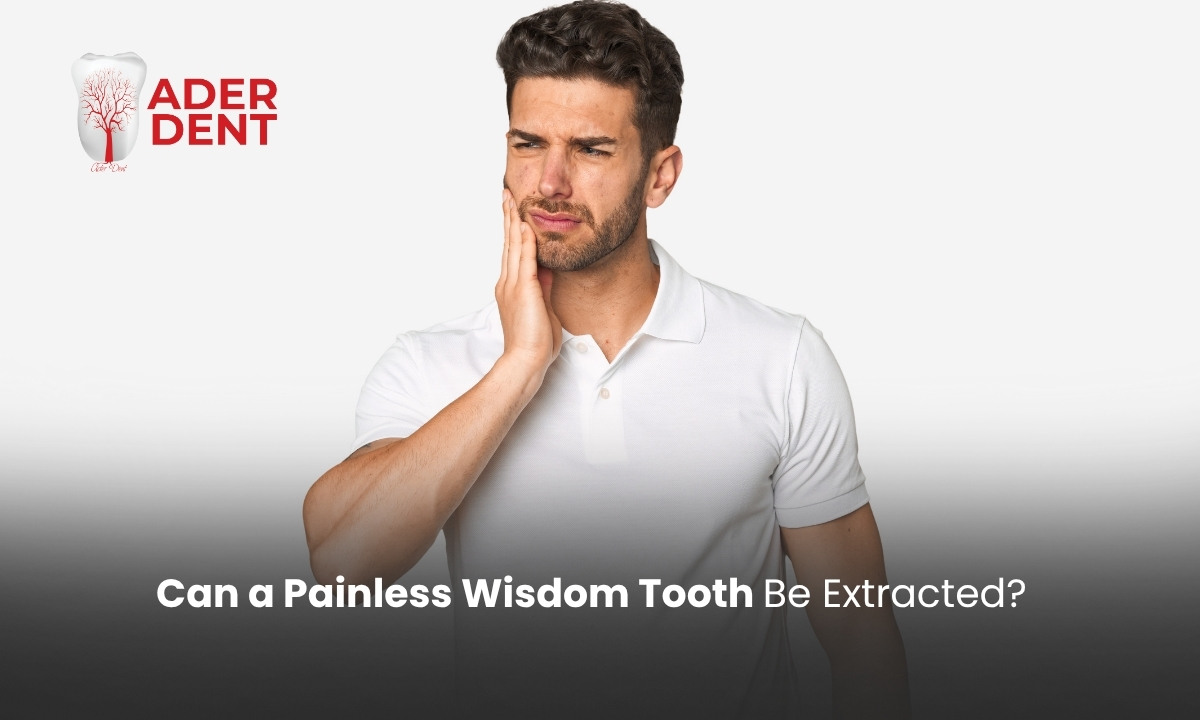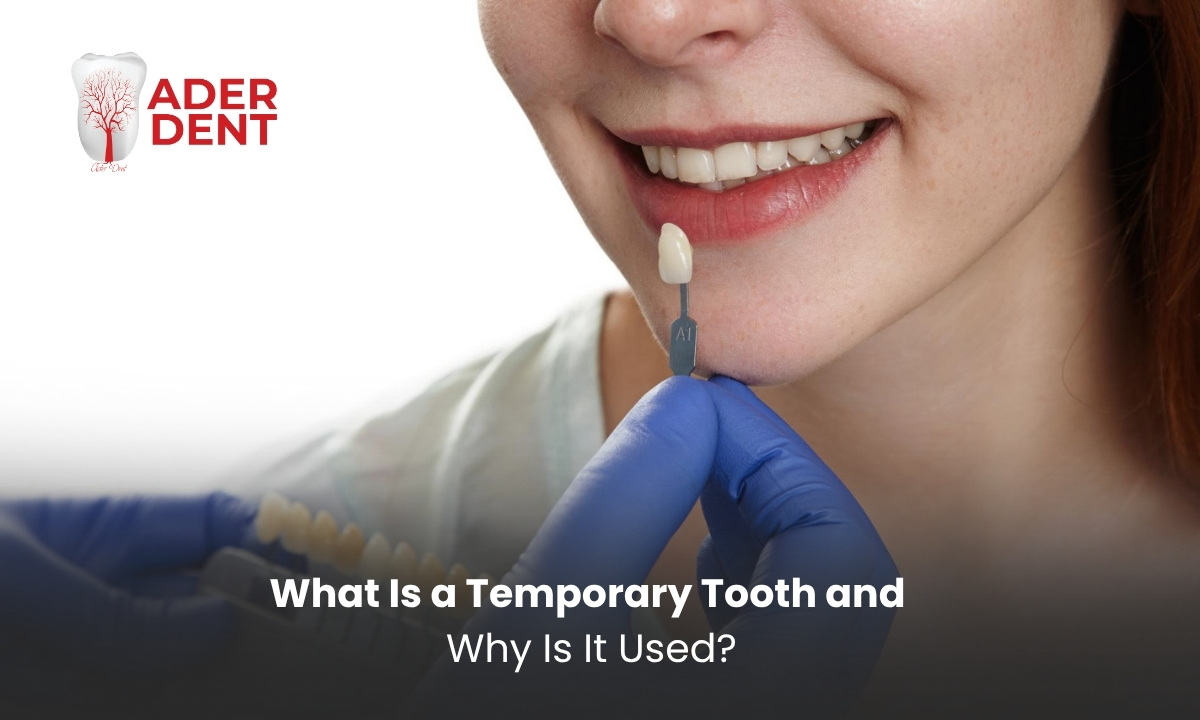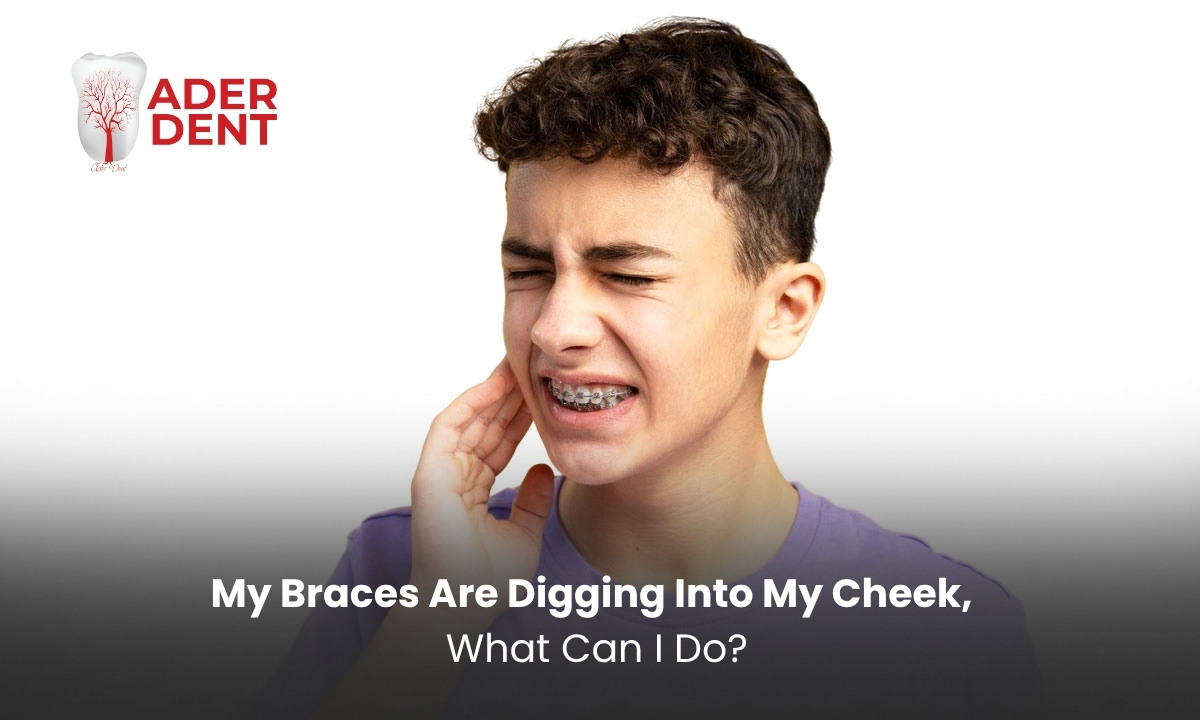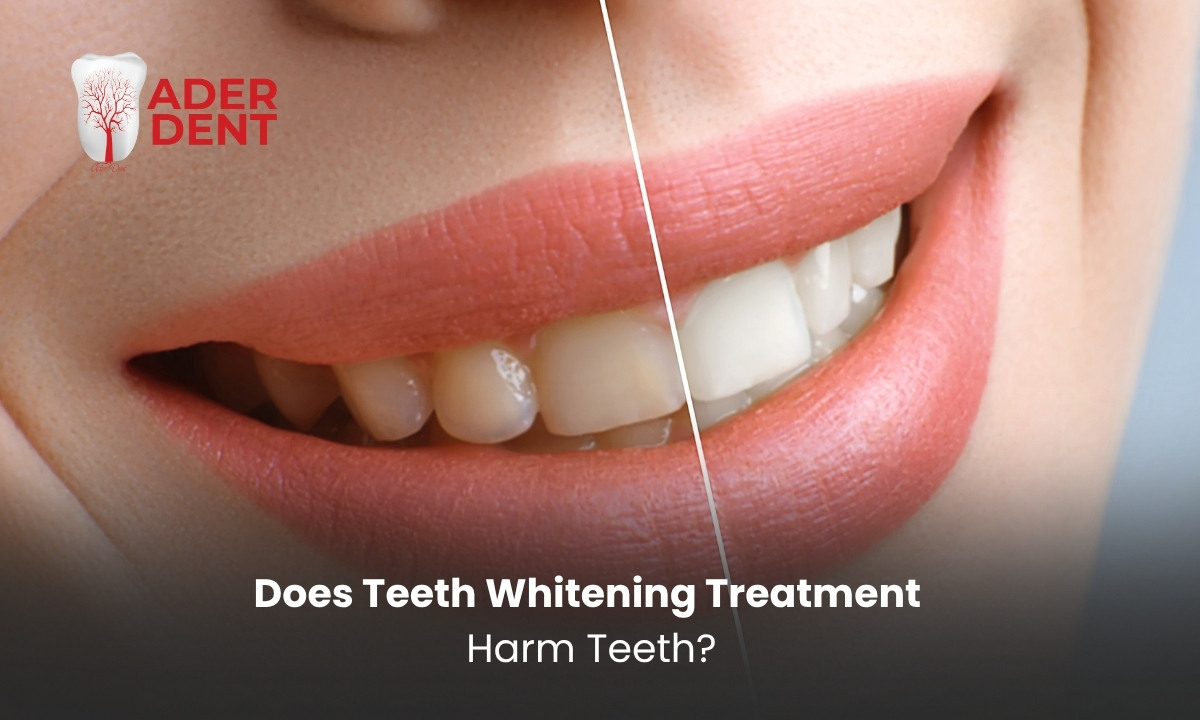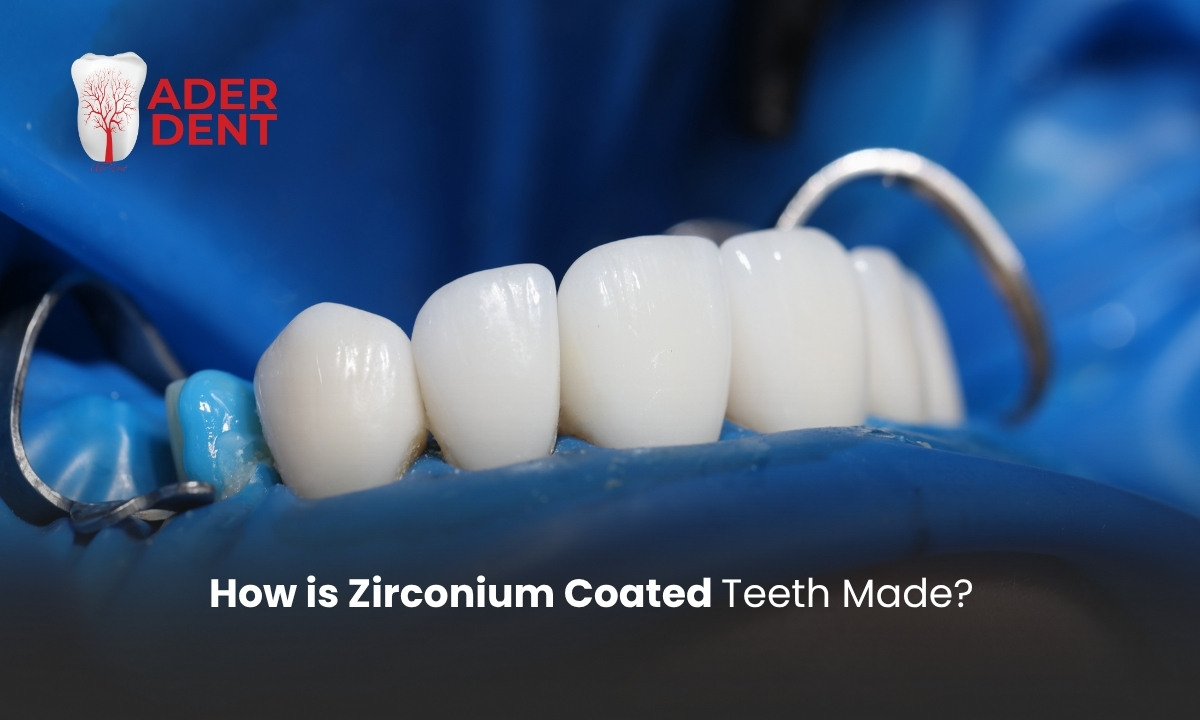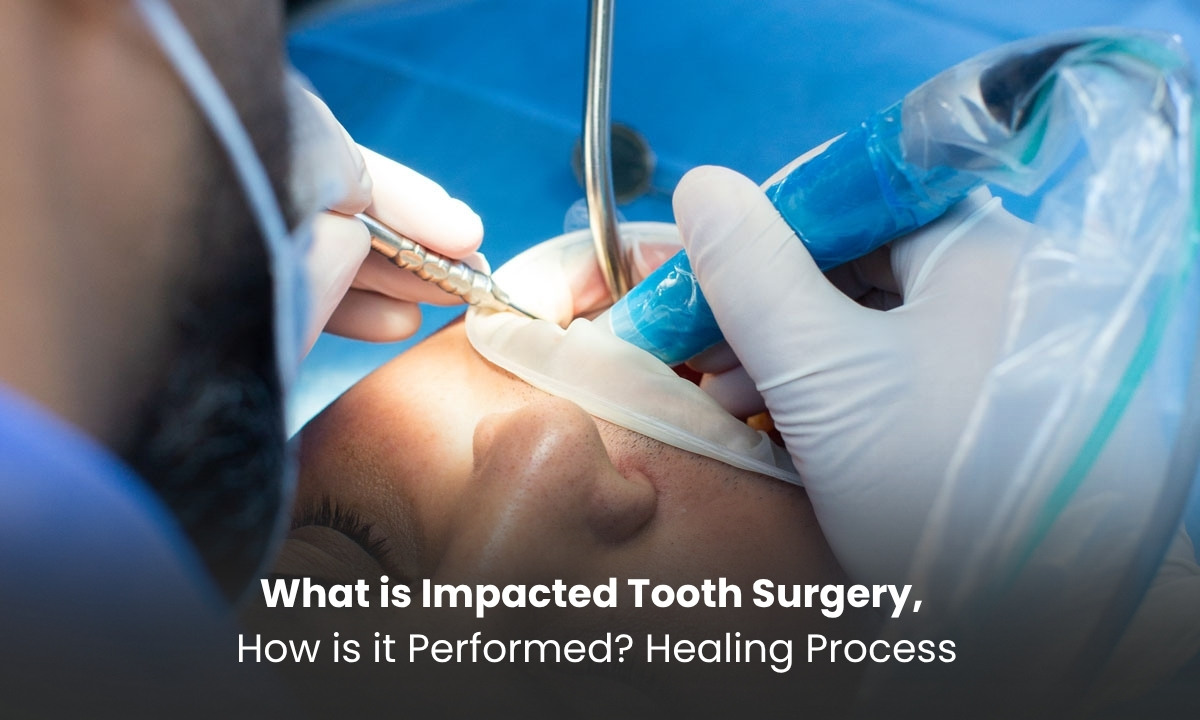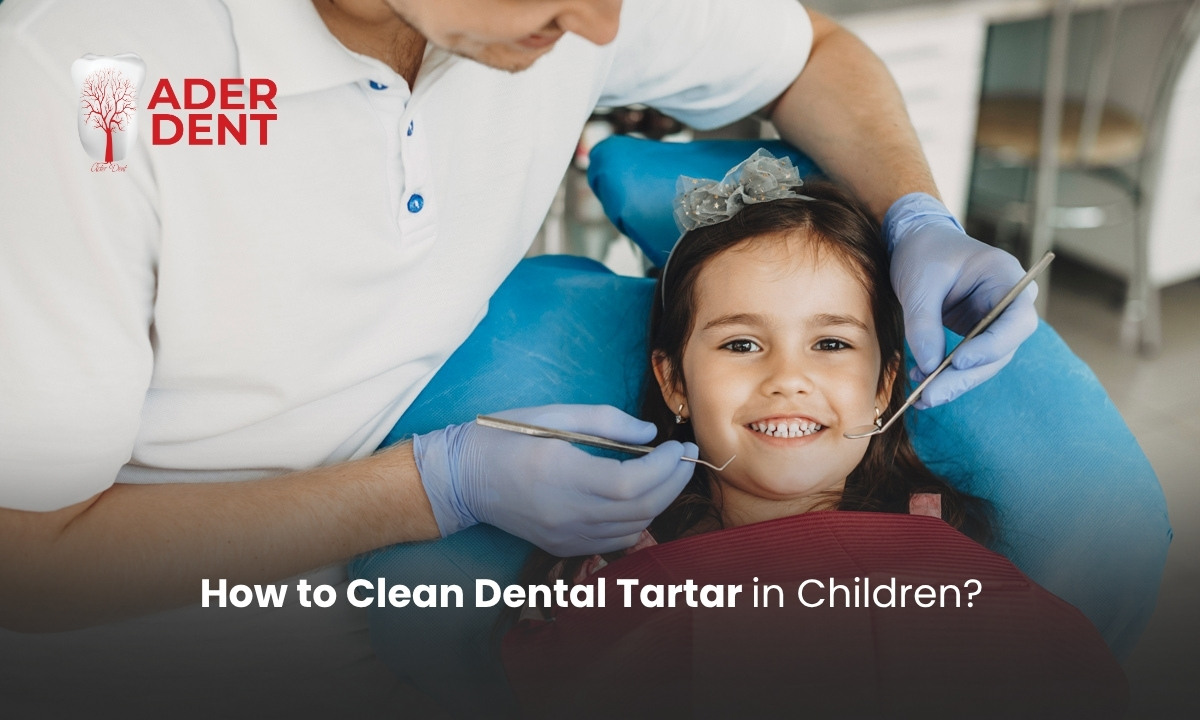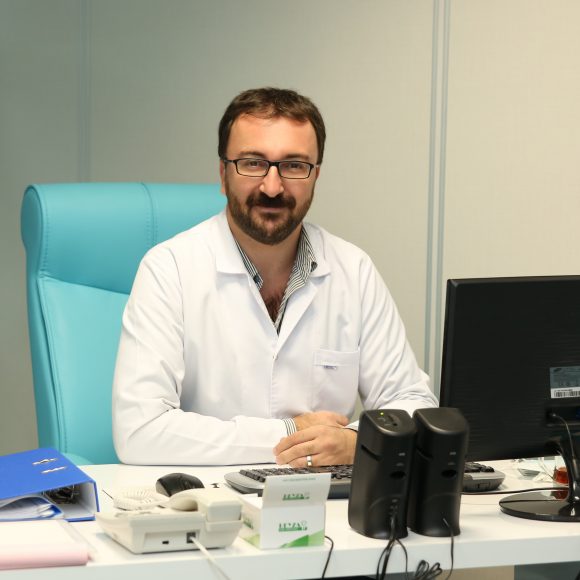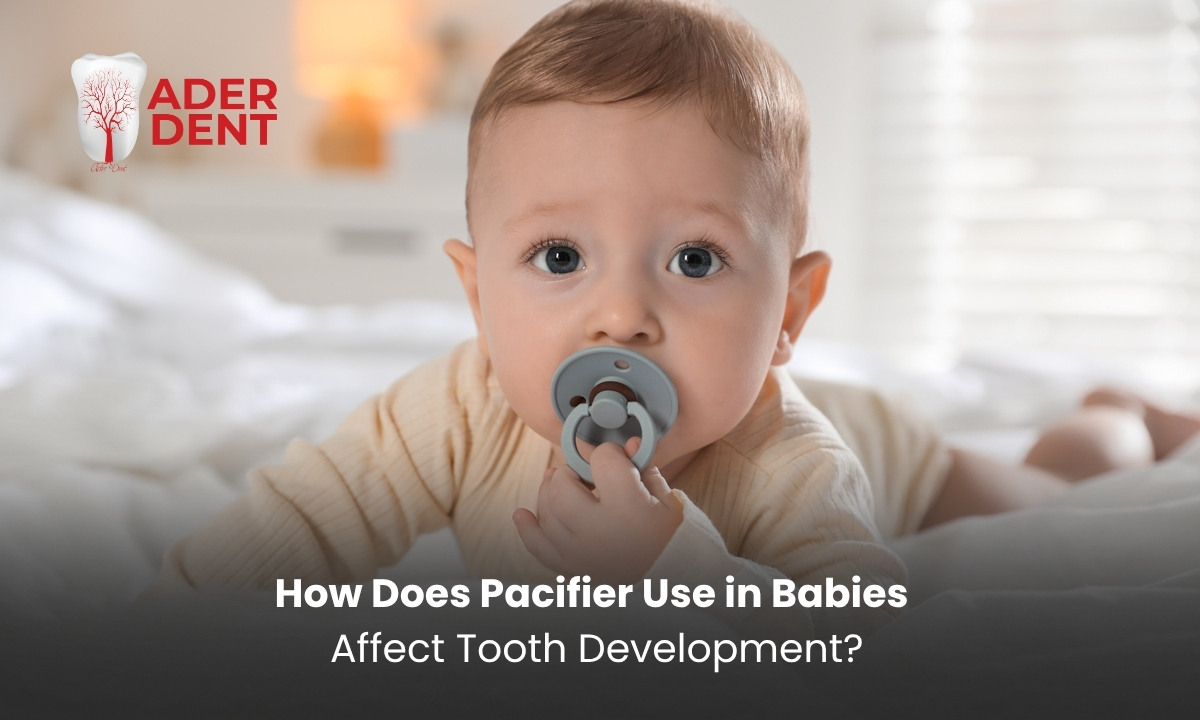
Excessive use of pacifiers can negatively affect a child’s oral and dental development, similar to thumb-sucking habits. Especially in children who continue using pacifiers after the age of 2–3, orthodontic issues such as the upper front teeth being pushed forward and malocclusion between the upper and lower jaws are commonly seen.
This situation can also impact the child’s biting, chewing, and speech functions. Prolonged pacifier use disrupts the natural alignment of teeth and can lead to crooked teeth. Therefore, pacifier use should be discontinued before the age of 2, and regular dental check-ups should not be neglected to protect oral and dental health.
Should Babies Use Pacifiers?
Using pacifiers in babies is an important tool to satisfy their basic sucking reflex. In newborns, pacifier use can help reduce crying episodes, soothe the baby, and make it easier to fall asleep. Especially until a stable breastfeeding habit develops, a pacifier can fulfill the baby’s need to suck.
However, pacifier use in babies should not interfere with feeding or disrupt regular breastfeeding. Besides its psychological benefits, pacifier use in babies may also have some negative effects. Therefore, before starting pacifier use, we recommend consulting your dentist or the Pendik dental clinics for guidance and support.
Does Pacifier Use Affect Dental Structure in Babies?
Prolonged and frequent use of pacifiers can lead to negative consequences for oral and dental health in babies. Continuing pacifier use after age 2 increases the risk of dental crowding, malocclusion, and imbalance in jaw development. Additionally, the shape of the palate can change, which may later affect speech development. To minimize such risks, pacifier use should be stopped before age 2, and oral and dental health in babies should be monitored regularly by a dentist.
What Should Be Considered When Using Pacifiers in Babies?
There are several important points to consider when using pacifiers in babies:
- Pacifier use can be started in newborns, but it should be reduced after 1.5–2 years of age and stopped if possible.
- Pacifiers should be sterilized frequently, and worn pacifiers should be replaced.
- Orthodontically designed pacifiers suitable for the baby’s oral anatomy should be preferred.
- Daily pacifier use should be limited, and nighttime use should be controlled.
- Pacifiers should not be confused with bottles; each serves a different purpose.
- Care must be taken to ensure that pacifier use does not negatively affect breastfeeding.
When Should Pacifier Use Be Started in Babies?
Pacifier use in newborns can begin within a few days after birth. However, it is important to pay attention until a regular breastfeeding routine is established. Especially in the first weeks, establishing a breastfeeding habit is critical because early and excessive pacifier use may disrupt the baby’s sucking reflex.
If pacifier use is preferred for a newborn, it should be started in a controlled manner without interfering with the baby’s feeding schedule. Some experts recommend using a pacifier particularly before sleep or during periods of fussiness.
When Should Pacifier Use Be Discontinued in Babies?
It is recommended that pacifier use be discontinued by the age of 2 at the latest. Continuing pacifier use after age 2 can lead to permanent deformities in dental structure. Ideally, experts recommend reducing and eliminating pacifier use between 12 and 18 months of age.
When stopping pacifier use, it is important not to rush, to wait until the baby is psychologically ready, and to develop alternative soothing methods. Abrupt and forced discontinuation may cause stress and sleep problems for the baby.
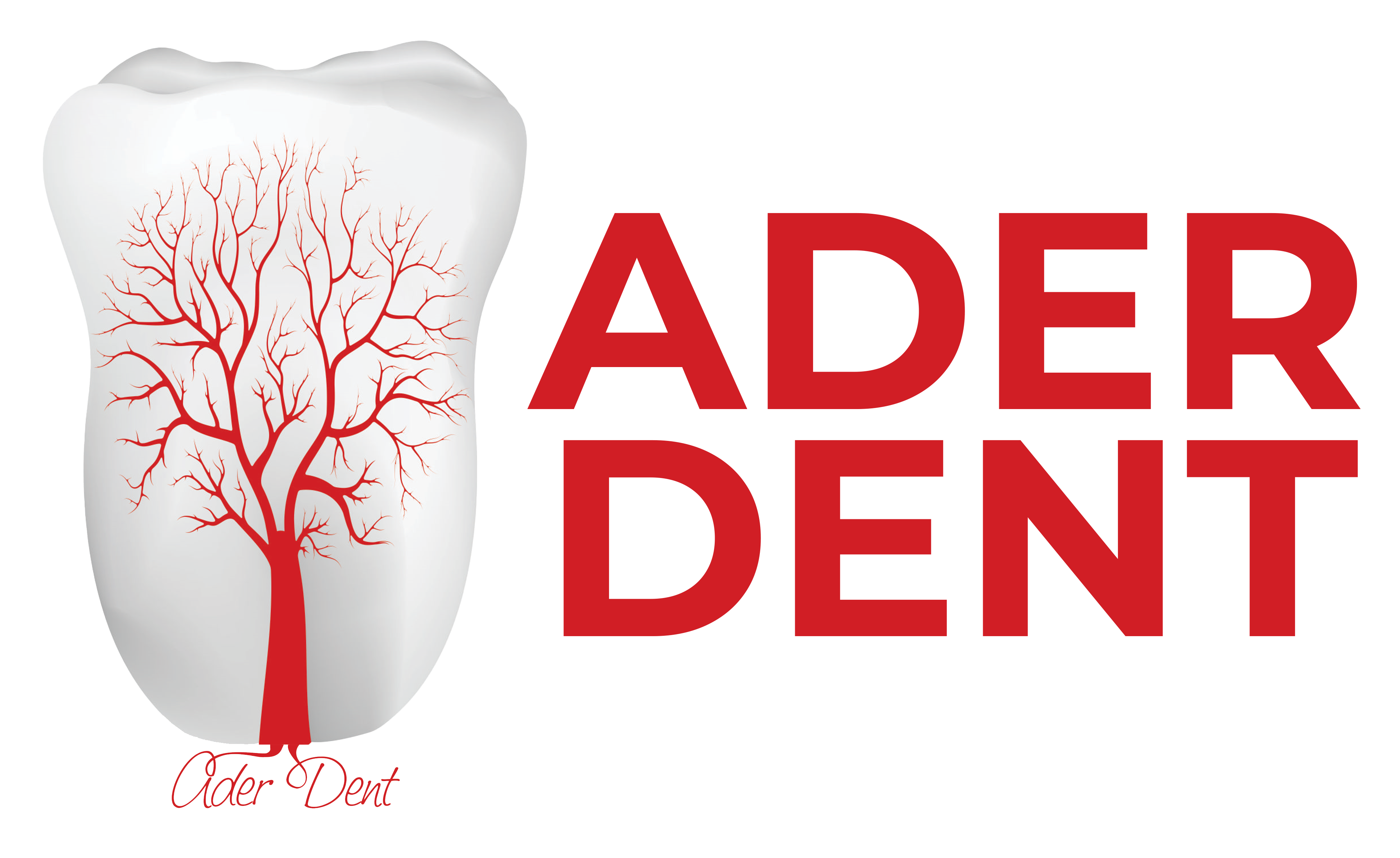
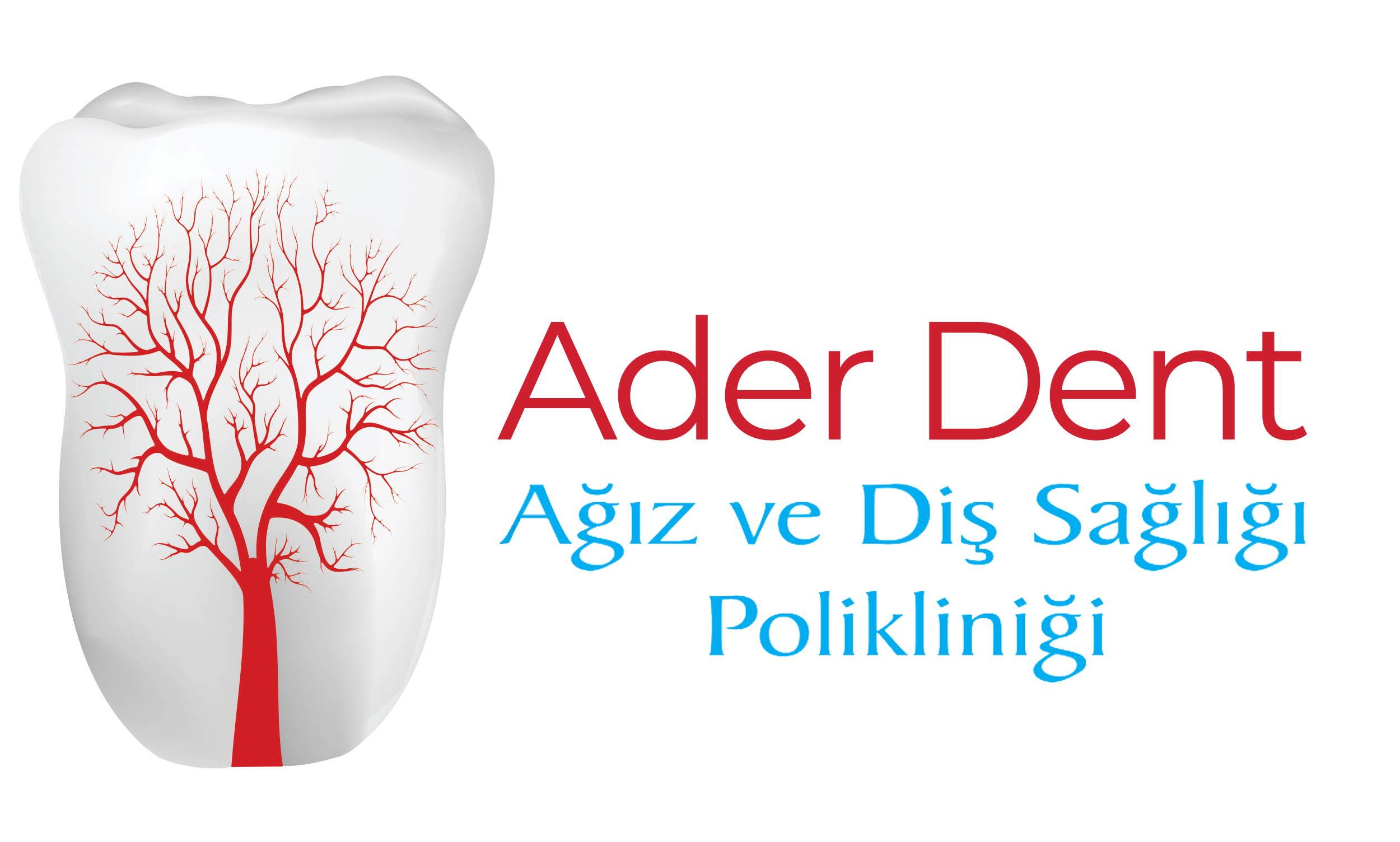
 TR
TR
